Honestly, I was very worried when I first started digging into Magnum’s website, as I am not a big tech person. But surprisingly, I found it very easy to navigate through. It is indeed surprising to me as I could only start to imagine the overwhelming amount of content that the company presents compacted in one single website. However, the website’s different sections are very clearly divided between the editorial, photographers, cultural, commercial, community and store.
The presentation and design of the website is also very pleasing to the eye. It clearly embodies Magnum’s philosophy: organized, professional and tasteful.
Created in 1947 by Capa, Cartier-Bresson, Rodgers and Shim; Magnum was founded on very friendly bases around these photographers’ common love for photography and wish to bring testimonies on our world. These founders had very different styles and techniques with their work, which is clearly reflected by the incredible stylistic diversity on Magnum’s website.
The first thing that really stroke me as I was scrolling through Magnum’s website is how incredibly global the its coverage is. Having photographers on the ground dispersed all over the globe gives the cooperative a huge advantage compared to other types of organizations that would have to fly their photographers where the action is happening. Just by glancing at the “Latest stories” page, I can see that there are 14 in Europe, 10 in America, 7 in Latin America, 6 in Asia, 6 in the Middle East, 4 in Africa, 3 in North America and 1 in Oceania. I am stunned. One thing that inevitably comes to mind when looking at those statistics is the question of funding. How does Magnum afford to have so many different photographers all over the world covering such a diverse range of topics (i.e. armed conflict, politics, daily life, food population, religion, transport). Magnum’s presence is worldwide, as the map of the “Magnum whereabouts” shows.
The statistics given on Magnum’s website are very interesting and some are surprising to me. For example, in the latest stories, only 46 have been shot in black an white when 132 were shot in color. Are the new generations growing up in a digital world becoming more sensitive to pictures in color than a black and white one?
There are only 61 photographers in Magnum, a surprisingly small number considering the immense worldwide coverage that Magnum offers. It is pleasing to see that Magnum stayed the small, elitist and friendly cooperative that it was at its creation.
I especially liked the “Archive Calendar” as it presents the key dates in history. We can see a true evolution in the history of photography. These two pages were, in a way, a summary of Magnum’s website as a whole. It shows clearly that photographers have different ways of approaching the different themes. We might seem more engaged and brought into certain types of themes. For example, when looking at portraits, there is a type of intimacy and comfort that the viewer builds that might not be present in a photo of an armed conflict. But point of views and angles chosen to present are not only based on the theme it s celebrating but also very unique to each photographer. Some clearly prefer giving more of an outsider’s point of view than others. I also found it very interesting, even surprising, that Magnum’s website would present their photographers’ commercial work. I see it as a way of encouraging their commercial work for financial reasons.
One photographer’s work especially caught Moises Saman’s my attention: the one of Moises Saman. Born in Peru, Saman grew up in Spain where he currently lives. He graduated in 1998 from California State University where he developed an interest for photography. His first real project abroad hands-on was in Kosovo, photographing the effects of the last Balkan war. During 7 years, Saman was a photographer for Newsday in New York where he covered the 9/11 attacks. In 2007, Moises becomes a freelance photographers and his work is published in The New York Times, Newsweek or even Time magazine. His famous coverage of the Iraqi conflict will be published in the latter. Moises was invited to join Magnum in 2010 and became a full member in 2014.
While studying Saman’s portfolio, I found that there is such an interesting contrast between his different photos while still following a common thread. He photographs action shots, presenting a lot of movement and chaos. Some of them are extremely dramatic.
For example, this picture taken in 2003 of an American soldier screaming in Bagdad shows a state of unimaginable panic. Saman gets very close to the action as we can see in this image, he was right next to an explosion. I think that he might have wanted to transmit that personal involvement by making this picture very engaging to the viewer.
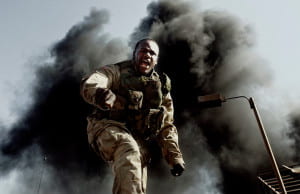
IRAQ. Baghdad, Iraq. May 1, 2003. An American soldier screams at a gathering crowd at the scene of an explosion at an illegal petrol station in central Baghdad.
He uses the same technique in this other photo taken in Afghanistan in March 2010. These Afghan soldiers are rushing to the helicopter, carrying a wounded soldier. The movement is obvious in this photo: the soldiers running, screaming, the helicopter’s movement. But it is the contrast that the wounded’s soldier’s expression brings that is truly stunning. The focus is on him, and he seems so peaceful, the light embraces him perfectly. That expression just adds a whole other dimension to the photo itself.
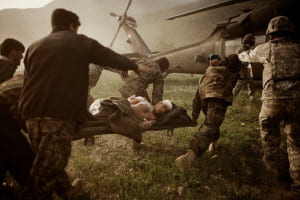
AFGHANISTAN. Kunar Province. March 2010. Afghan soldiers carry a wounded comrade into an American medevac helicopter after a Taliban ambush near the village of Tsunek, Kunar Province.
But Saman’s work doesn’t only cover the action of the armed conflict. He gives us also very powerful images of the direct disastrous effect that this violence has on the civilians. Those pictures present an incredible emptiness. Very sad, some of them show an immense serenity that stroke me. I thought this idea was embodied perfectly in his picture above.
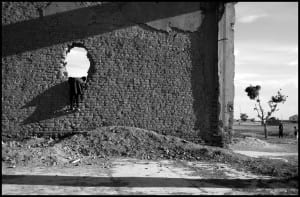
AFGHANISTAN. Gardez. May 2005. An Afghan boy plays in the ruins of a former government building detsroyed during the civil war of the 1990’s in Afghanistan.
in 2005, Saman took this picture of a young Afghan playing in the ruins of Gardez, destroyed by the civil war. The serenity, not only brought by the black and white but also by the composition is mesmerizing. The emptiness that Saman shows in his pictures of civilians is overwhelming.
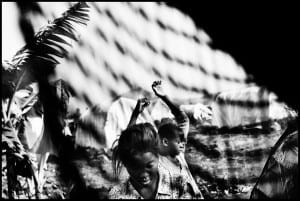
DEMOCRATIC REPUBLIC OF CONGO.Goma, DRC. September 2009.Congolese women living at the Buhimba camp for Internally displaced people outside Goma.
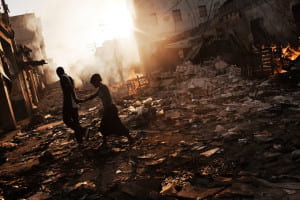
HAITI. Port-au-Prince. January 18, 2010. A couple walks hand in hand through a devastated area in downtown Port-au-Prince, one of the hardest hit areas by the January 12th earthquake.
The other photographer who’s art especially stroke me is Antoine D’Agata. Originally from France he left to New York in 1990 where he studied photography, instructed by notably Larry Clark and Nan Goldin. His first books of photographs, De Mala Muerte and Mala Noche, were published in 1998. The Galerie Vu then started distributing his work. He then won the Niépce Prize for young photographers in 2001 for his work Hometown and published more work, such as Vortex, Insomnia, 1001 Nuits, Stigma and Manifeste. He joined Magnum in 2004 and has ever since been traveling the world.
“Its not how a photographer looks at the world that is important. It’s their intimate relationship with it.”
This quote really touched me in a way that he admits being involved in his art personally, when as some photographers just act as witnesses or messengers of the action. But D’Agata’s art is so personal and real that it is very perturbing. I really liked his collection “Hometown”. Every photo is unique and beautifully perturbing. The crudity of what he is showing is immense and the fact that he is just giving it to us without any sugar coating is incredibly different from what we would be used to see.
D’Agate shows us the beauty behind the aspects of human beings that we don’t normally want to see. And he just shoves it in our face in a very brutal way. It is very effective.
Here are some of my favorite shots from “Hometown”:
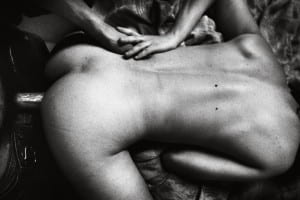
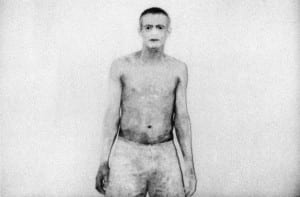
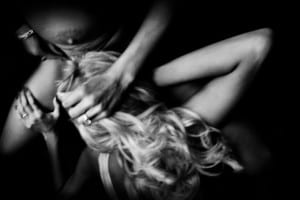
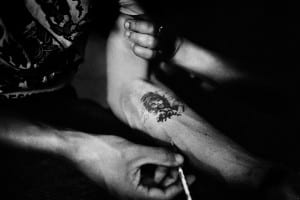
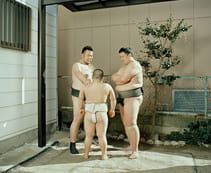
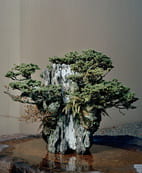
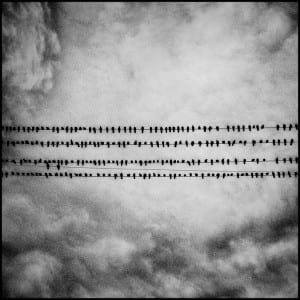
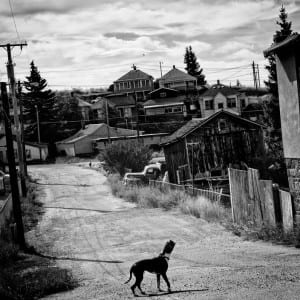
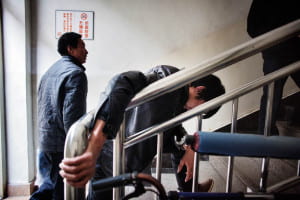
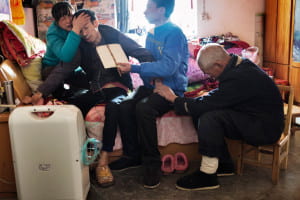
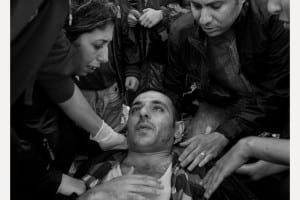
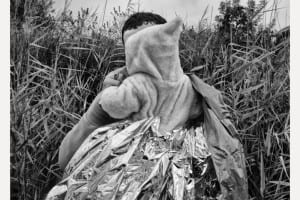
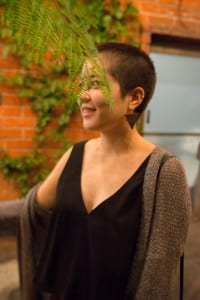
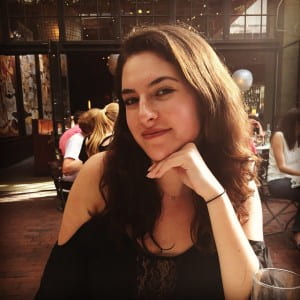
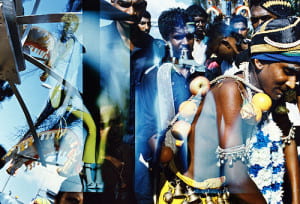
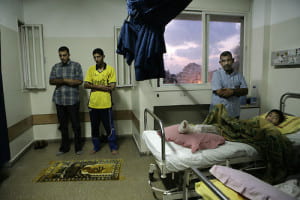
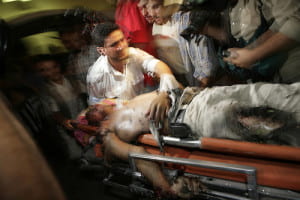
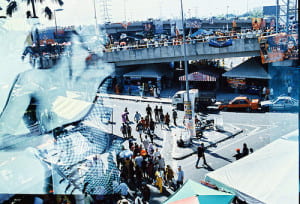
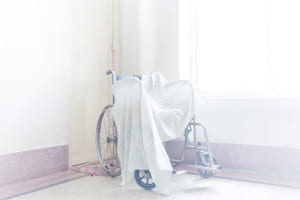
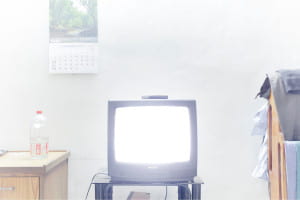
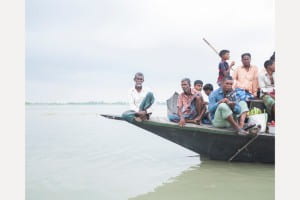
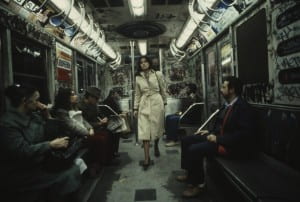
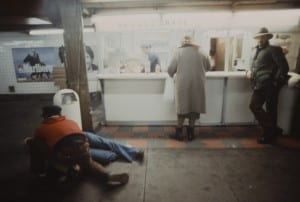
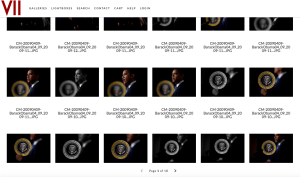
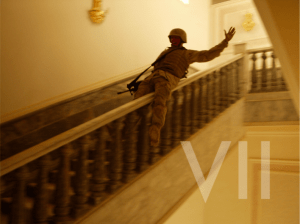
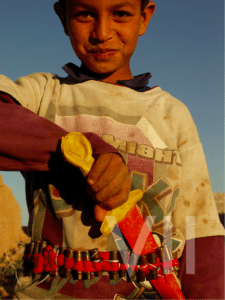
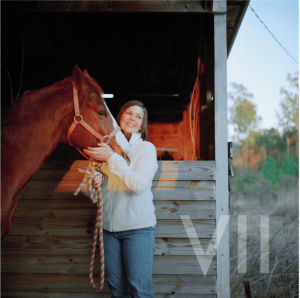
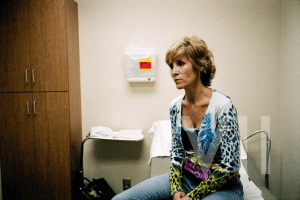
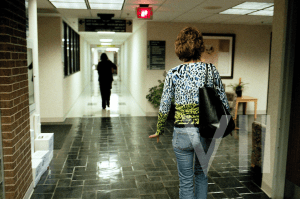




Recent Comments